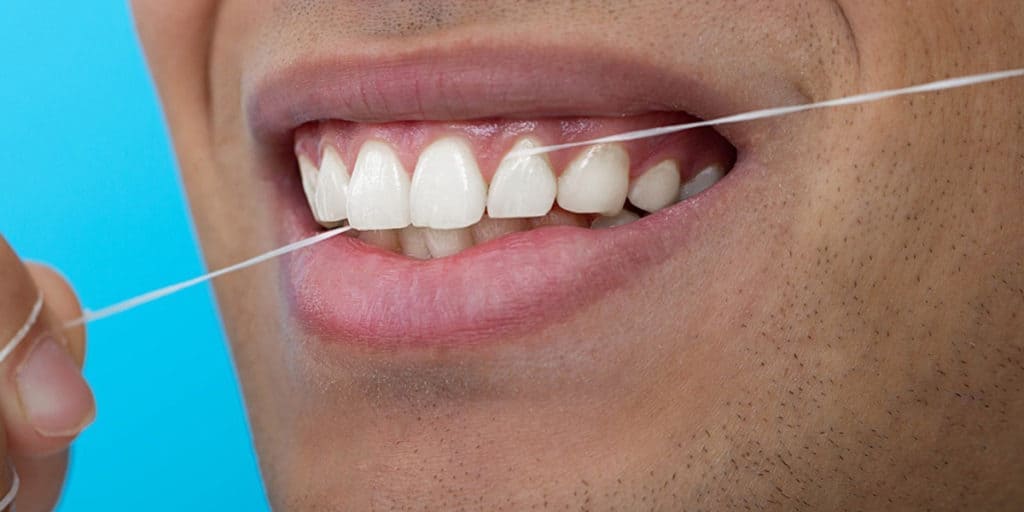Restore Oral Health With Gum Disease Treatment London

If bacteria have badly infected your gums and teeth, you’ll need gum disease treatment in London. When bacteria spread in your mouth, your dentist’s treatment can significantly reduce the risk of gum disease through this procedure.
Signs of Periodontal Gum Disease
Infection can occur in the mouth and teeth when bacteria breed in the pockets of your gums. As a result, periodontitis occurs. When left untreated, it can damage the tissues and bones in your mouth, which leads to tooth loss.
The following are the symptoms of gum disease :
- Bleeding gums
- Pain when chewing
- Pus-filled teeth
- Sensitive teeth
- halitosis
Treating periodontal gum disease
If you have gum disease, your dentist will determine the best treatment for you based on the extent of your condition. There are two types of periodontal gum disease treatments:
The use of non-invasive methods
For early signs of periodontitis, your dentist recommends non-invasive procedures :
1. Applying antibiotic
To disinfect your teeth, the dentist will clean the infected area of your teeth and apply an antibiotic. Once the procedure is complete, you’ll notice that the gums are attached to your teeth again.
2. Scaling
Scaling involves removing the bacteria that resides behind your gums. The dentist uses a laser or manual scaler to remove bacteria during routine cleaning.
3. Root planing
In removing the plaque, the dentist uses ultrasonic instruments. The vibration will crush the plaque, and your dentist will remove any debris with a curette.
Surgical procedures
Before starting the surgery, they will first deep clean your gums and teeth. For severe cases, your dentist may conduct the following procedures :
1. Pocket reduction surgery
A pocket reduction surgery involves folding back the gum tissue to remove bacteria. A dentist reshapes and smoothens the bones so that the gum tissues can attach to them again.
2. Flap surgery
To remove the tartar deposits in the deep pockets, your dentist lifts the gums of your teeth. After that, they will stitch the gums surrounding the infected tooth.
3. Bone Grafting
A graft replaces damaged bone with new bone so that the tooth can grow.
Set up an appointment
Remember that the best way to avoid periodontal gum disease is to observe good oral hygiene. If you see signs of gum disease, contact your London dentist as soon as possible. Never forget, your smile is a priceless asset!


